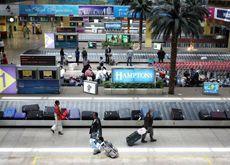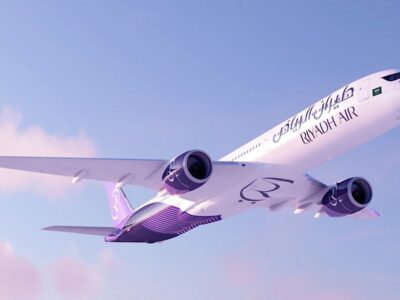Middle Eastern airlines increased demand by 16.8 percent in July year-on-year, and by 19.4 percent over the first seven months of the year, data from the International Air Transport Association (IATA) has revealed.
The July statistic was a little lower than the 18 percent recorded in June, reflecting the global recovery in demand that took place at around this time last year.
However, the region still outperformed its global peers by some margin, reflecting the increased levels of long-haul traffic being diverted through Middle East hubs.
In a bid to cater to the increased demand, the Middle East region also added 12.8 percent capacity in July and 13.2 percent in the first seven months.
IATA warned that the strong recovery witnessed by most regions around the world was now entering a slower phase. Global demand rose by 9.2 percent, compared to the 11.6 percent recorded in June. However, July passenger traffic was three percent higher than the pre-crisis levels of early 2008.
Elsewhere, Latin American carriers post 14.2 percent growth last month, followed by Africa (13.0 percent), Asia Pacific (10.9 percent), North America (7.9 percent) and a still-struggling Europe (6.2 percent).
IATA said that the meteoric growth in freight demand throughout the world would slow in the second half, as inventories are now largely replenished.
However, the Middle East still outperformed every other region apart from Africa, with a 30.1 percent growth in cargo demand.
This figure was significantly higher than the industry average of 22 percent growth, but lower than the Middle East’s 39.6 percent rise in June.
Africa saw demand rise by 35.2 percent, followed by North America (27.1 percent), the huge Asia Pacific market (25.3 percent), Latin America (also 25.3 percent) and Europe (12.1 percent).
“The recovery in demand has been faster than anticipated. But, as we look towards the end of the year, the pace of the recovery will likely slow,” said IATA director general and CEO Giovanni Bisignani.
“The jobless economic recovery is keeping consumer confidence fragile, particularly in North America and Europe. This is affecting leisure markets and cargo traffic.
Following the boost of cargo demand from inventory re-stocking, further growth will be largely determined by consumer spending which remains weak.”








